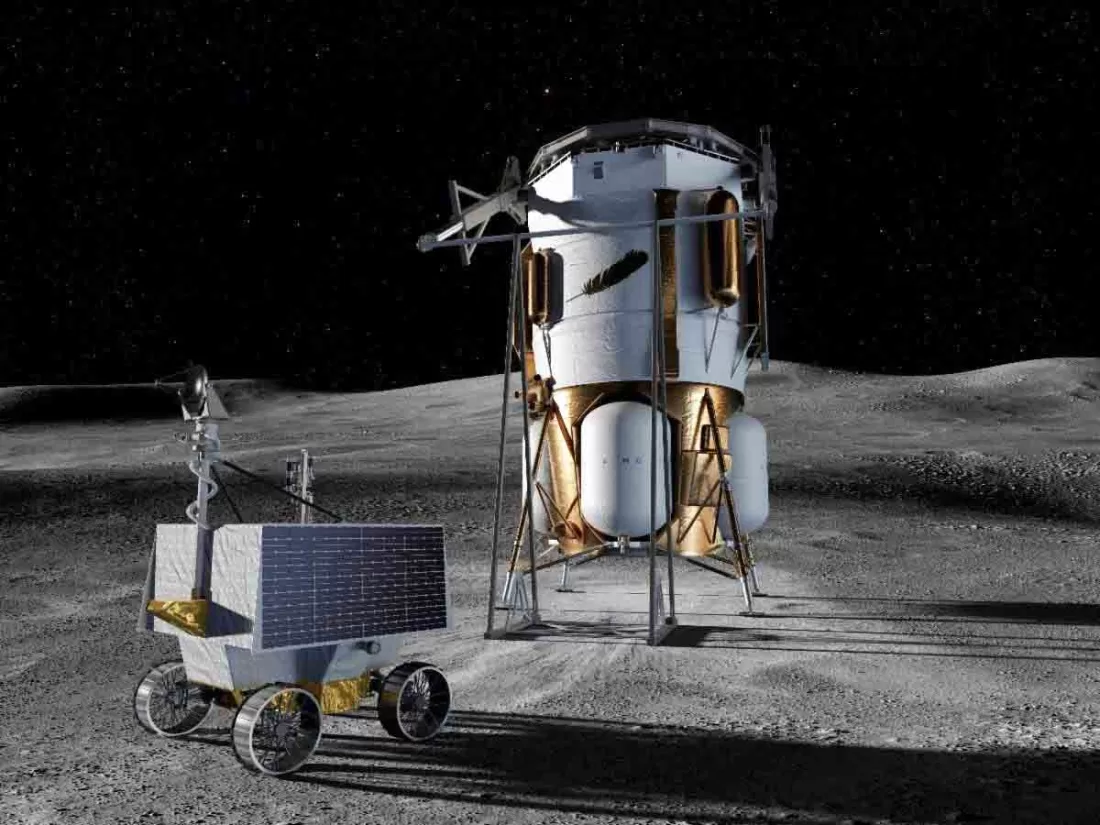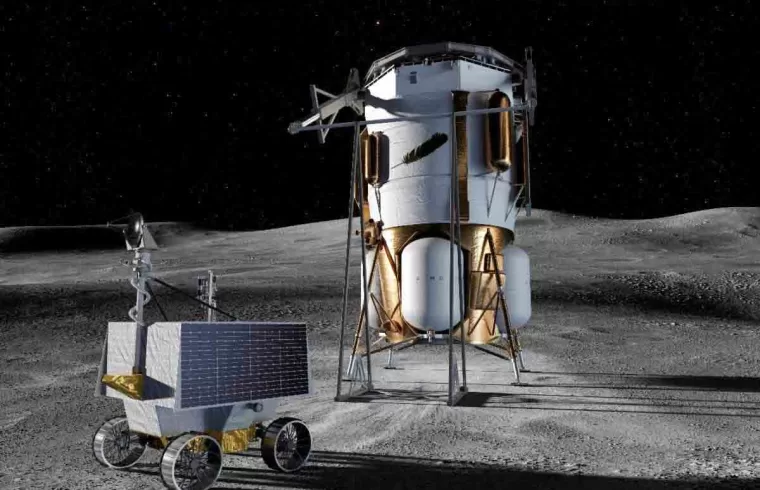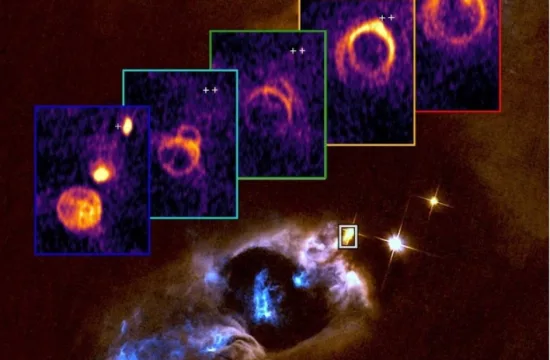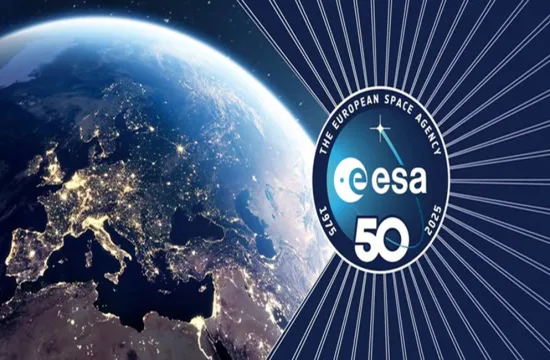|
Getting your Trinity Audio player ready...
|

WASHINGTON — As part of its Artemis campaign, NASA has awarded Blue Origin a Commercial Lunar Payload Services (CLPS) task order valued at up to $190 million, with an option to deliver the VIPER rover to the Moon’s South Pole by late 2027.
The Volatiles Investigating Polar Exploration Rover (VIPER) is designed to search for volatile resources such as water ice and gather scientific data to support future lunar and Martian exploration. The mission will target permanently shadowed regions of the Moon, offering insights into potential landing sites and long-term human habitation.
“NASA is leading the world in exploring more of the Moon than ever before,” said acting NASA Administrator Sean Duffy. “This delivery is one of many ways we’re leveraging U.S. industry to support a sustained American presence on the lunar surface.”
This marks the second CLPS lunar delivery awarded to Blue Origin. The company’s first mission, scheduled for launch later this year, will use its Blue Moon Mark 1 (MK1) robotic lander to deliver NASA’s Stereo Cameras for Lunar-Plume Surface Studies and Laser Retroreflective Array payloads to the Moon.
The newly awarded CS-7 task order includes funding for payload-specific design and demonstration of rover deployment capabilities. NASA will decide whether to exercise the delivery option after reviewing Blue Origin’s first MK1 flight. The VIPER rover’s 100-day science mission requires a landing by late 2027.
Blue Origin will oversee the full landing mission architecture, including design, testing, and integration of the MK1 lander. NASA will manage rover operations and scientific planning. The rover was developed by NASA’s Ames Research Center in California, with engineering support from Johnson Space Center in Houston.
“Studying lunar water is essential for future human exploration,” said Nicky Fox, associate administrator of NASA’s Science Mission Directorate. “This private sector-developed capability enables us to focus investments and maintain American leadership in space.”
Joel Kearns, deputy associate administrator for exploration, emphasized the scientific value of the mission: “This delivery could reveal where lunar ice is most accessible, offering critical resources for future astronauts and deepening our understanding of volatile distribution across the solar system.”
NASA’s CLPS initiative continues to foster a commercial lunar economy, with American companies playing a pivotal role in advancing space exploration capabilities.






